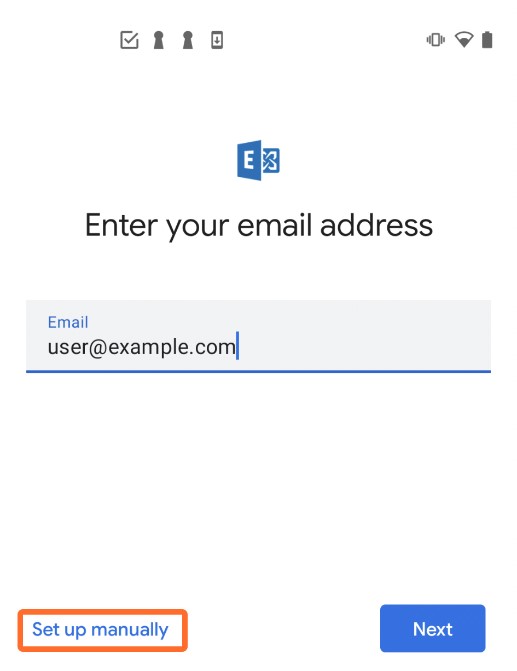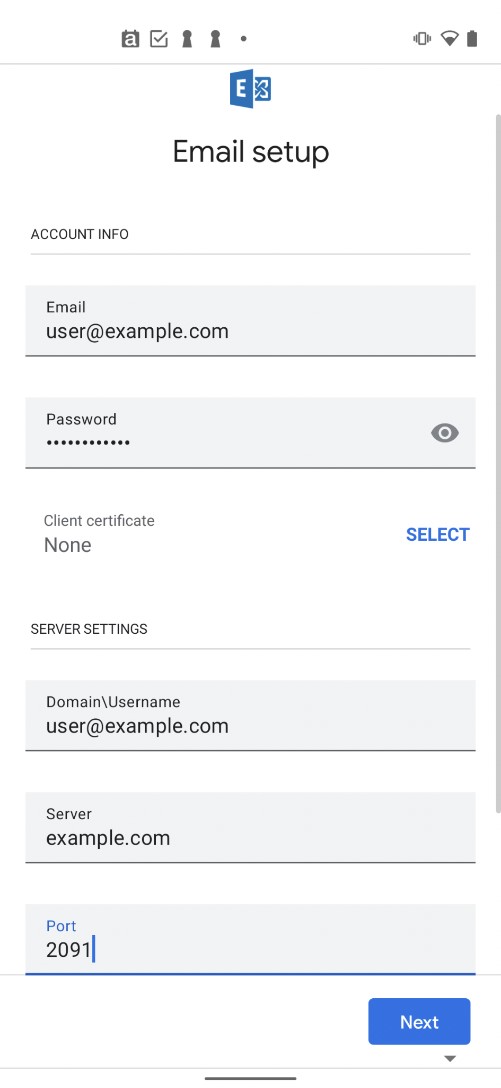Synchronizing cPanel® Calendar, Contacts, and Email on Android with ActiveSync
It is always helpful to have your cPanel calendar, contacts, Email on your android device so that you can stay connected on the go. Before understanding how to sync cPanel® Calendar, Contacts, and Email on Android, you need to understand the required plugins for that. These plugins include Z-push, Exchange Active Sync (EAS), Calendar, and Contacts Server.
Also, the instructions shared here using ActiveSync are android-specific. iOS has an inbuilt CalDAV/CardDAV/IMAP sync that works well enough, so ActiveSync is not especially required.
What is ActiveSync?
The Android users have limited choices to access their cPanel calendars without ActiveSync. The reason behind this is that Android doesn’t possess native CalDAV support. Before ActiveSync, the best solution was to install an intermediary third-party app that would connect the device’s calendar to the CalDAV server. But this required the user to install and configure this third-party app.
ActiveSync was developed to eliminate the need to use a third-party app. ActiveSync uses WBXML, a lightweight XML version that optimizes traffic as mobile devices often encounter unreliable or slow internet connections.
Using ActiveSync, you don't need any third-party app; you can simply log in to your cPanel account and sync Calendar, Contacts, & Email Server.
What is Zpush?
Z-Push is open-source software that collaborates with cPanel & WHM to support ActiveSync. It is bundled with the Calendar and Contact Server (CCS) and enables CalDAV and CardDAV.
Why use ActiveSync?
ActiveSync is preferred when you want to sync all three, Calendar, Contacts, and Email. For syncing just the Email, it is better to use IMAP.
How does ActiveSync work?
EAS enables access to Global Address Lists (GAL) or the combined list of users accessible from email and calendar clients.
GAL ensures that you don't have to type the complete email address of any user on it. Once you type in a few letters, it will automatically suggest the full address. Therefore, you should definitely sync GAL. There are two account types that you can select from, so you can have the required user database in GAL.
GAL Account Types
The two GAL account types include:
-
System default email account — Setting up a system default email account brings you the list of all users under a cPanel account, including those within its domains and subdomains. So if your cPanel has multiple domains and each domain has a few subdomains, the users under all of these will appear in your synced GAL.
-
Specific domain email account — In this case, instead of syncing the whole cPanel account, you only sync a selected domain. This makes you see only the users from that particular domain and not the users from other domains or subdomains in that cPanel account.
Step by Step process of syncing your device
- Go to Settings on your android device
- Tap on Accounts to open the Accounts interface. (Sometimes Accounts is also called Cloud and Accounts, as the name varies on different android devices.)
- In the accounts interface, click on “Add Account."
- Select “Microsoft Exchange ActiveSync” or “Exchange." In case both these options appear, click on Microsoft Exchange ActiveSync
- Enter the email address you use on IMAP or Webmail
- Select “Set-up Manually”

- Enter Password to that Email
- Domain\Username, Server, and Security type fields get auto-populated
- Enter 2091 in the port

In case there is no separate port field, you can enter the port in the exchange server field as shown below:
- Click next, and your Email should be ready.
After completing this process, you can also enable push updates, although this is optional. Below are the steps to do that:
- Go back to the accounts interface
- Select the newly added account
- Click on account settings
- Change sync frequency to “Automatic (Push)."
Common issues that can occur and how to fix them
- Port filed becomes 443: Sometimes, the port gets auto changed to default value 443. Be careful about it and ensure it is correctly set to 2091
- Connection failure: This can sometimes occur, even when the port filed is 2091. It happens when the client doesn’t support the syntax hostname:port or if the network blocks traffic on that port. You can skip appending the port, and the connection will complete using a proxy port.
- Calendar events don’t show up: This is because the default calendar in your android device is the Google calendar of the account the device is running on. For events to show, whenever you create them, select the correct calendar
- Duplicate calendar events: This can occur because of two reasons:
- You have accidentally synced your account in more than one email app. This causes the calendar events to appear multiple times in different colors. The resolution is simple, just sign out of one email app.
- Over quota account, disk space can also cause this error; bringing the disk space under quota resolves this issue.
- Sync between devices takes longer than necessary: This error can occur if you have not enabled push notifications, as explained before. So, it is advisable to enable push notification even though it is optional.
Conclusion
ActiveSync has made it much easier to sync calendar, contacts, and email from cPanel to your Android devices. Most hosting providers enable CCS and Z-Push - ActiveSync Support plugins, making the sync very simple. Some Android devices have certain limitations that prevent them from perfectly syncing the three; however, the sync process remains the same.
Updated 7 months ago